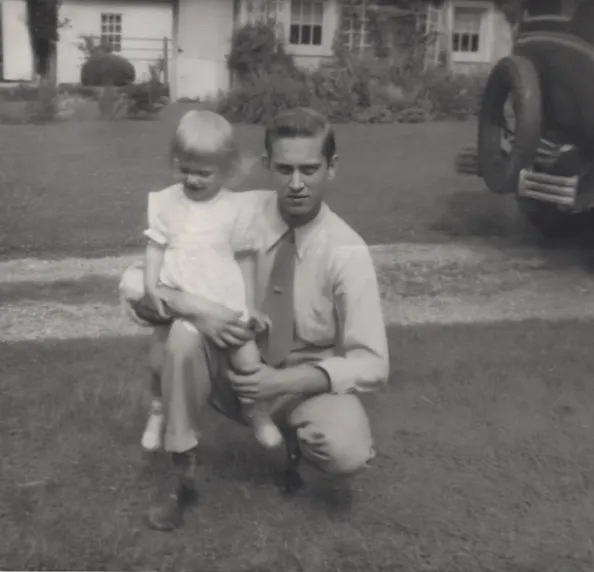Old photographs are more than pieces of paper—they are keepsakes of family history, milestones, and cherished memories. Unfortunately, these images don’t always stand the test of time. Exposure to sunlight, humidity, handling, or poor storage often leaves them faded, torn, or discolored. The good news is that modern tools now make it possible to bring these photos back to life. Whether you prefer hands-on editing, quick online fixes, or advanced AI-powered restoration, there are solutions to fit every need and skill level.
Why Photographs Deteriorate
Photos are vulnerable to their environment, and damage happens in many ways. Sunlight can bleach out colors, while moisture leaves stains or mold marks. Dust and scratches build up from years of handling. Even insects and cheap printing materials can cause photos to break down. When old prints are scanned, these flaws become even more noticeable—highlighting the need for careful restoration.
Manual Photo Restoration: Full Control at Your Fingertips
For those with editing skills, manual restoration offers the greatest level of precision. Programs like Photoshop or GIMP allow users to scan a damaged photo and make corrections step by step. Brightness and contrast can be adjusted, scratches can be patched using the clone or healing tools, and faded colors can be enhanced.
The advantage here is complete control over every detail, making it ideal for photos with unique or intricate damage. However, it requires patience and technical know-how, and beginners may find the process overwhelming. Still, for those willing to invest the time, this method delivers highly personalized results.
Online Restoration Tools: Fast and Accessible
Not everyone has the skills—or the time—for manual editing. This is where online tools step in. Platforms such as Fotor and Pixlr allow users to upload their images and apply quick fixes like sharpening, color correction, or scratch removal within minutes.
For family history enthusiasts, tools like MyHeritage Photo Enhancer are particularly popular, offering AI-powered improvements that bring clarity to faded portraits. These services are beginner-friendly and require no downloads, though some may limit functionality or require subscriptions. They work best for light to moderate damage rather than heavily deteriorated images.
AI-Powered Solutions: The Future of Photo Repair
Artificial intelligence has introduced a new era of convenience in photo restoration. AI-based software automatically detects problems—like scratches, fading, or missing details—and corrects them in seconds. This approach is especially appealing for those who want professional-looking results without technical expertise.
Programs such as 4DDiG Photo Repair can handle tasks like restoring missing sections, colorizing black-and-white photos, and improving overall clarity with just one click. Unlike complex professional tools, they are designed with simplicity in mind, making them accessible to anyone. For advanced users, options like Topaz Photo AI provide more in-depth controls, particularly for sharpening and resolution enhancement.
Choosing the Right Method
The best approach depends on your priorities. If precision and control matter most, manual editing remains the gold standard. For quick, no-fuss improvements, online platforms offer a convenient solution. But for a balance of quality and ease, AI-powered restoration has become the go-to option for many people.
Keeping Memories Alive for the Future
Restoring old photos is more than just fixing images—it’s about preserving family history for generations. With modern tools, even badly damaged photographs can often be given a second life. Whether you choose manual editing, online services, or AI-powered repair, each option offers a way to reconnect with your past and ensure those memories remain vibrant.







